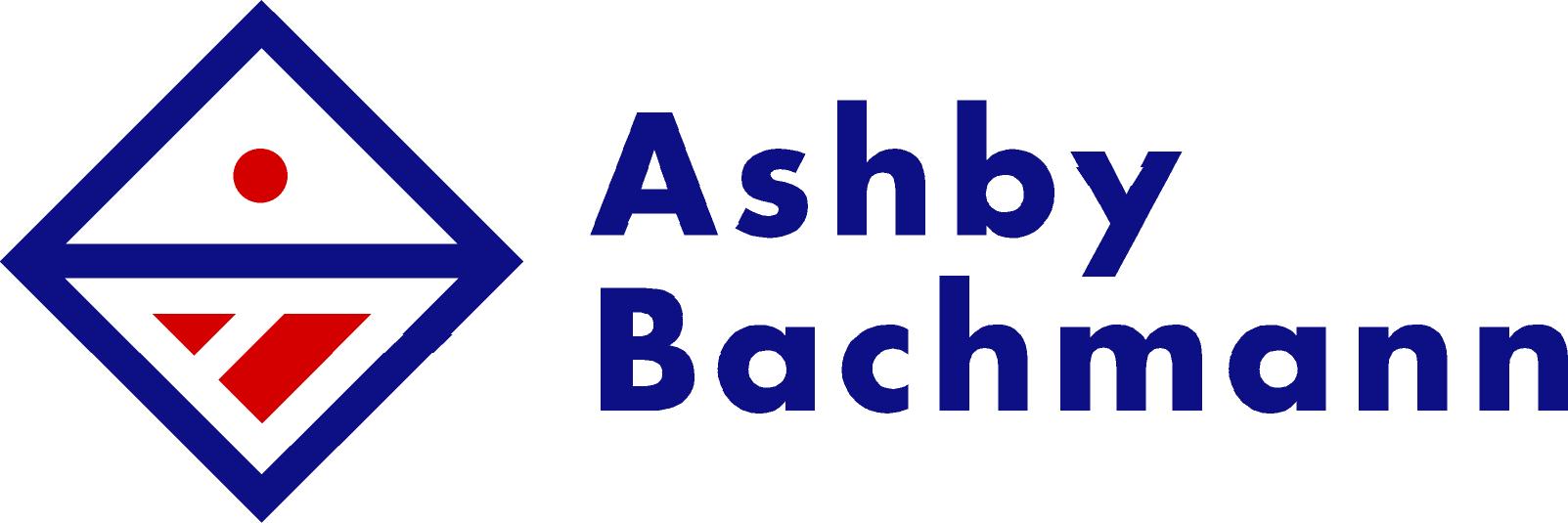Selecting new software for your enterprise can be a daunting task – so many requirements from multiple stakeholder groups to take into account, so many different software packages to choose from, and a multitude of factors to consider in addition to cost. Here are a few common mistakes to think about and therefore avoid to ensure your software selection goes smoothly:
ERROR #1: Neglecting to get a written description of functionalities offered from a vendor
Make sure you submit a list of your detailed requirements to the vendor and get a written response back from them.
ERROR #2: Not distinguishing between solutions ready-for-use and those that need to be customized first
When the vendor does respond in writing, ensure they specify if something is provided “out of the box” or requires customization. Having this in writing will also protect you from unplanned costs if something that was supposed to be “out of the box” suddenly requires custom programming.
ERROR #3: Having an inadequate preliminary list of vendors
It’s important to “go wide” when initially selecting the vendors to send your request for proposal to. Don’t just go for the names you know– there may be a lesser known package that is better suited to your particular needs.
ERROR #4: Choosing a solution prematurely because it’s specialized for your business sector
While it may be a good strategy in some cases, don’t jump to this conclusion too quickly as many software packages allow quite a bit of flexibility in the configuration that allow them to adapt to a wide variety of business sectors.
ERROR #5: Only taking into account the cost when negotiating the contract
Many factors need to be taken into account other than cost when negotiating, such as the availability of technical support, or training and support offered by the vendor throughout the implementation.
ERROR #6: Choosing a solution because one of your competitors has it
This assumes that your competitor did their due diligence in selecting their software and didn’t make any of the mistakes listed here!
ERROR #7: Not taking into account the viability of the vendor
In this technology-enabled world and especially with the advent of cloud computing, the number of applications available has grown exponentially. Just because the vendor has a website and neat videos doesn’t mean they will be there tomorrow. Find out how long they have been around, and check out their references.
ERROR #8: Believing everything the vendor tells you
Vendors will often respond with a “yes” next to each line in the RFP. For functionality that is critical to your business, invite the vendors to demo that functionality by providing them with a script to follow.
ERROR #9: Not looking at the security and robustness of the application
These issues are more prevalent with cloud-based applications, but should be verified for on-premise installations too. Look for vendors that have a proven security record and request performance stats based on your expected volume of transactions.
ERROR #10: Not looking at the big picture
It’s a good idea to look at not only the piece you want to replace but the overall landscape of applications. This is because sometimes by going wider on an RFP you will discover that a particular package may replace more than one piece, cover more business processes at a potentially lower cost and integrate more easily in the environment.
By paying attention to these common mistakes and avoiding them you are now well on your way to a successful software selection!
